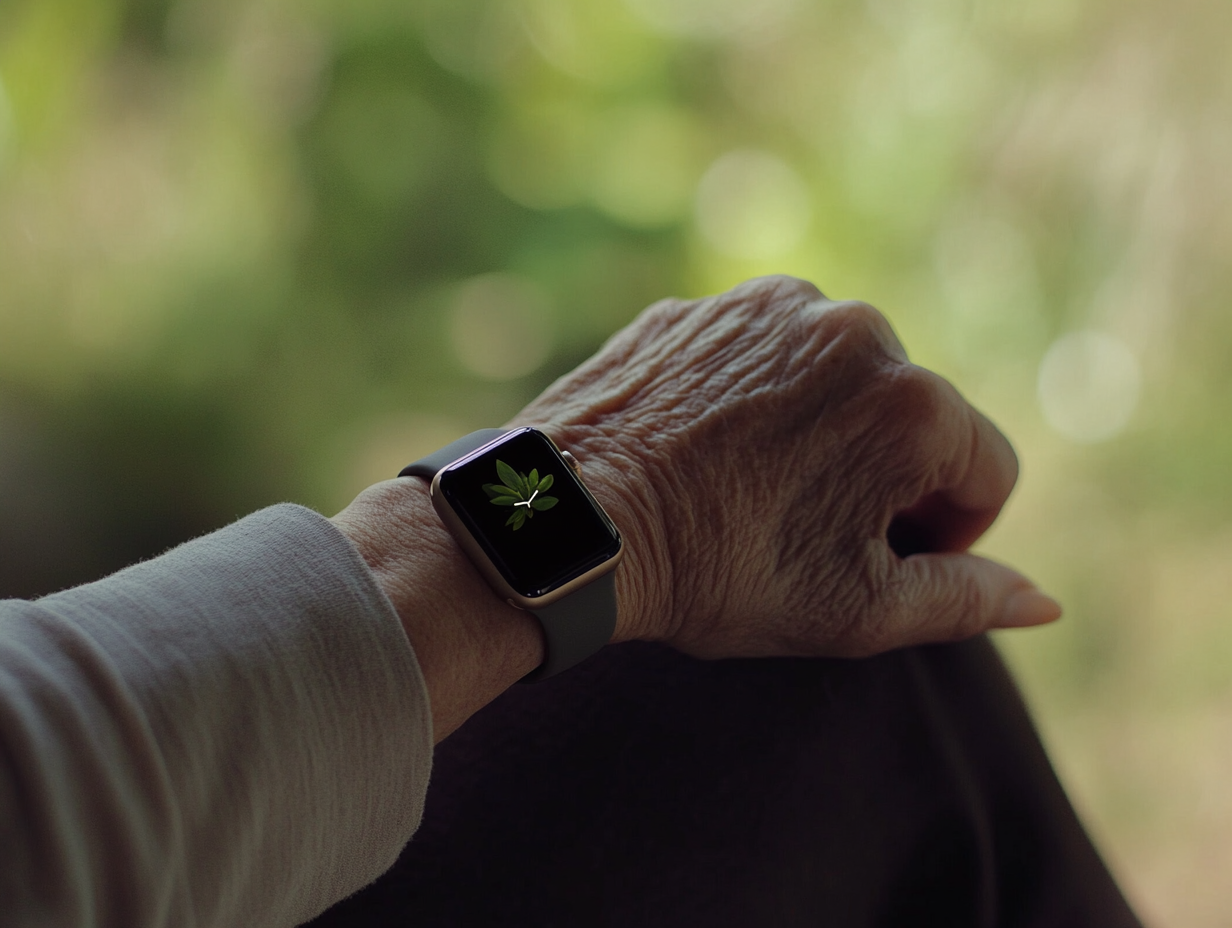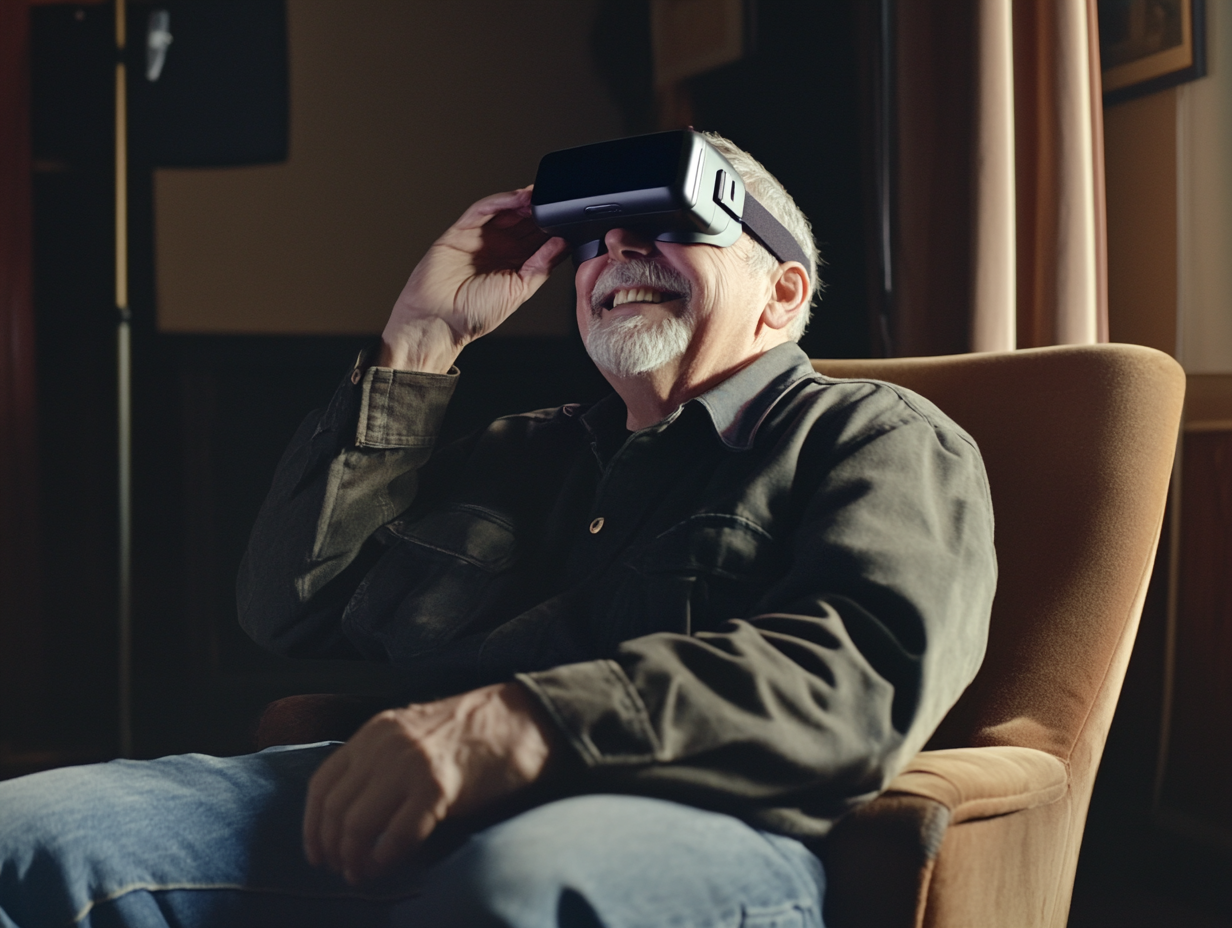Latest in: aging in place
Not all reminders are created equal. For people living with dementia, a standard text-based notification might be confusing or easy to ignore. But what if that reminder came from a familiar voice - or …
4 min read
For many older adults, staying in their own home is a powerful symbol of independence. But as we age, our homes may pose risks that weren’t there before - slippery floors, poor lighting, or …
3 min read
Falls are one of the most common and serious risks for older adults. In fact, around one in three people over the age of 65 experiences a fall each year - and for many, …
3 min read
As people live longer and choose to age at home, the question of where they age becomes increasingly important. Whether in a bustling city or a quiet rural town, older adults have distinct needs …
5 min read
Most older adults don’t want to give up their independence - and they shouldn’t have to. While aging may bring physical or cognitive changes, independence doesn’t mean doing everything alone. It means having the …
4 min read
Caring for a loved one is one of the most selfless things a person can do. Whether you’re supporting a parent with dementia, a partner with chronic illness, or a grandparent aging in place, …
4 min read
We’re living longer than ever before - and that’s a good thing. But what happens when a global rise in life expectancy outpaces our ability to care for an aging population? Welcome to the …
3 min read
Advancements in technology have led to the development of various in-home monitoring solutions: Fall Detection Systems: Devices like the Kami Fall Detect Camera utilize AI to monitor for falls and alert caregivers, offering features …
3 min read
Co-design, or participatory design, involves end-users directly in the creation process of products and services. For seniors, this means collaborating with designers and developers to ensure that technologies align with their preferences, abilities, and …
3 min read
Getting a loved one to take their medication - day in, day out - can sometimes feel like walking a tightrope. For those caring for an older adult or someone with cognitive impairment, medication …
3 min read












